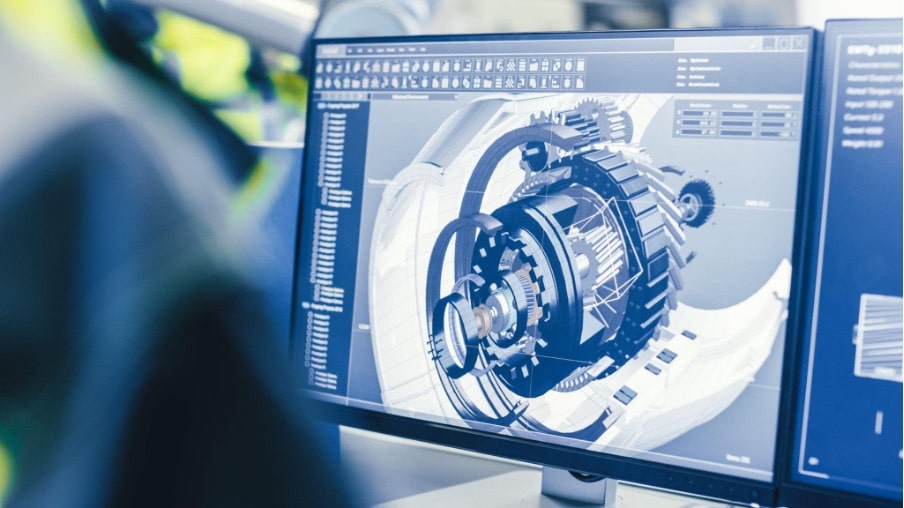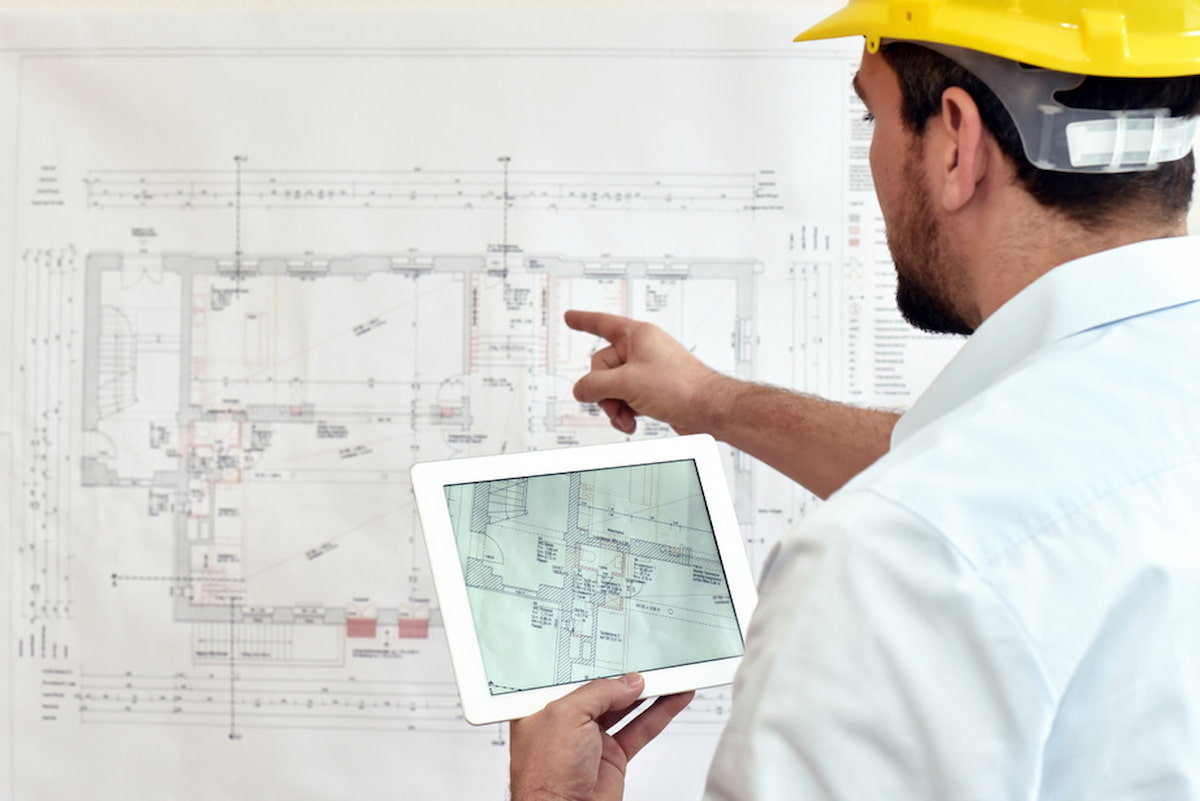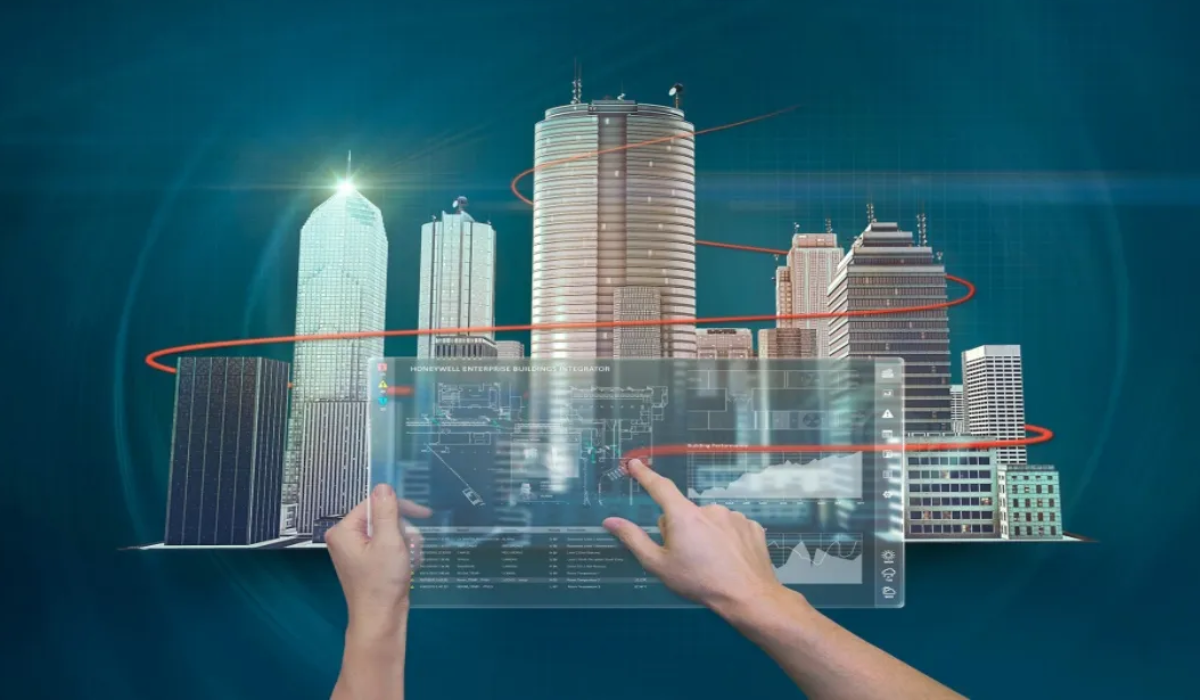What is Digital Twins Technology? Discover the Future of Simulation and Optimization
The world of technology is advancing at a rapid pace, and one of the most exciting emerging trends in this field is digital twins technology.
But what exactly is a digital twin, and how can it revolutionize the way we work and live? This article will explore the essence of digital twins technology and its applications in various sectors.
A digital twin is a virtual representation of a physical object, process, or system that replicates its state, behavior, and properties in real time.
The idea behind this technology is to create a digital model that allows for analysis, prediction, and optimization of an object or system’s performance before it is built or implemented in the real world.
Applications of digital twin technology

Digital twins technology has multiple applications in different industries, some of which include:
- Manufacturing industry: Manufacturers can use digital twins to simulate and optimize production processes, detect problems before they occur, and reduce downtime. Additionally, digital twins allow companies to experiment with new designs and materials without the costs associated with physical production.
- Construction and infrastructure: Digital twins can help architects and engineers visualize and evaluate the impact of different building or infrastructure designs before construction. This can lead to better decision-making and greater efficiency in project execution.
- Energy: Digital twins technology can be useful in managing energy grids, allowing companies to predict and optimize energy consumption as well as detect and solve problems before they turn into crises
Adopting digital twins technology can offer various benefits, among which are:
- Cost reduction: By simulating the performance of an object or system before its implementation, companies can save money by avoiding costly mistakes and reducing downtime.
- Greater efficiency: Digital twins allow organizations to optimize their processes and operations, resulting in increased efficiency and productivity.
- Innovation: The ability to experiment with new designs and materials in a virtual environment fosters innovation and enables companies to stay ahead of the competition.
- Sustainability: By optimizing resource and energy use, digital twins can contribute to sustainability and reduce the environmental impact of business operations.

Digital Twins technology has enormous potential to transform how we work and live. By providing an accurate virtual representation of real-world objects and systems, digital twins enable companies to analyze, predict, and optimize the performance of their operations, resulting in greater efficiency, innovation, and sustainability.
Undoubtedly, this emerging technology is a key catalyst for advancing toward a brighter and more connected future.
Join the new 4.0 digital age!



